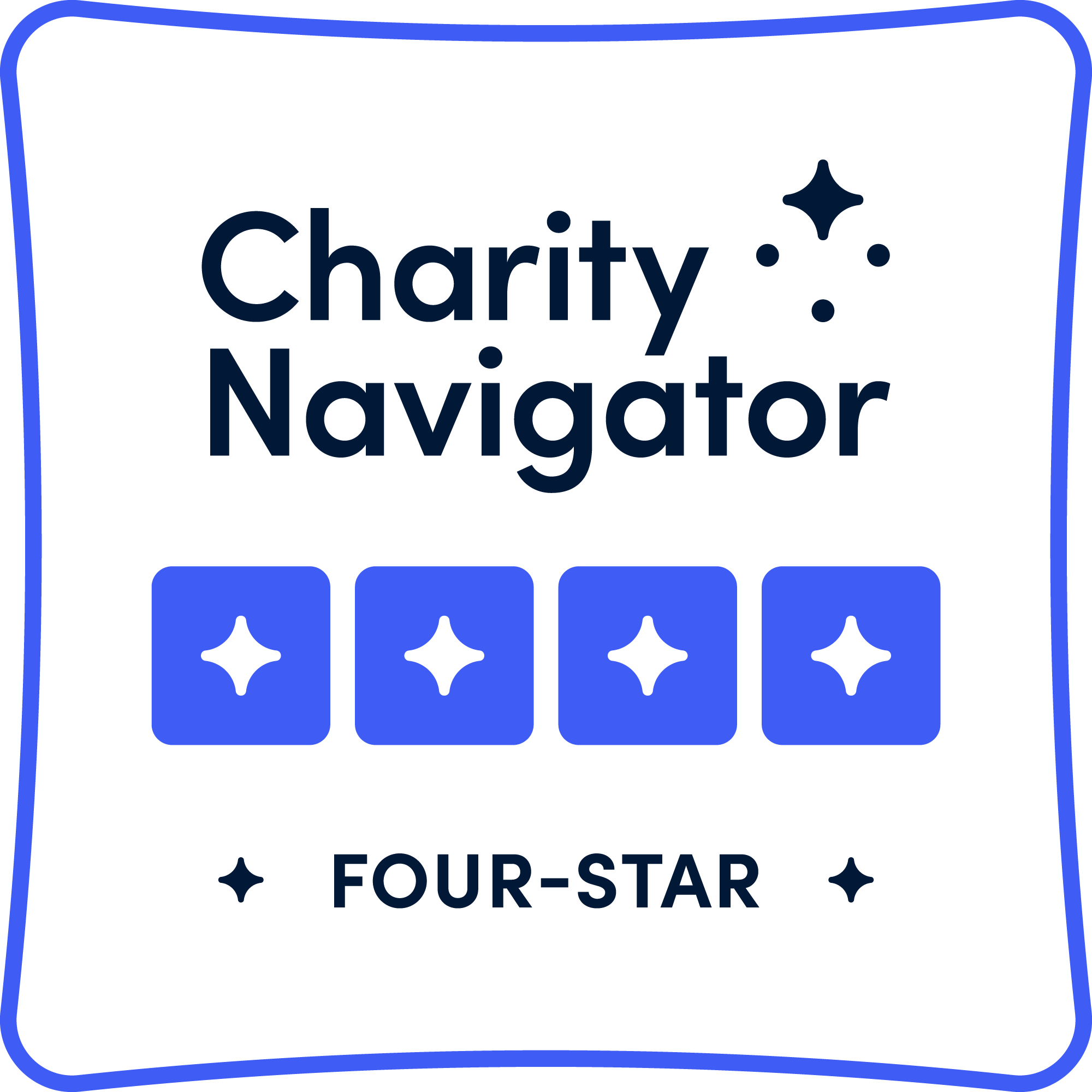Collaborate Better with Human-Centered Design
In a collaborative setting, defining a problem can be just as hard as solving it. But once you’ve got a clear picture of the problem you want to fix, and the outcome you desire, you get to work. Right?
Maybe not. Before doing anything, it’s critical to think about not only what we’re doing, but why–and for whom.
What is human-centered design?
Human-centered design (or design thinking, as it’s more commonly known) is a problem-solving methodology adapted from the systematic thought processes used by professional designers. Human-centered design is a type of design thinking with a focus on human needs. It keeps people at the heart of the problem-solving process. Human-centered design goes beyond “does this work?” and considers factors like ease of understanding and use, user comfort, stress mitigation, accessibility, and sustainability. You can find a primer on human-centered design at Design Kit.
Why does your collaborative need human-centered design?
First and foremost, our collaboratives exist to serve veterans, military, their families, and caregivers. If their interests aren’t driving our decision-making, what is?
As you work together to create positive change for and impact in the lives of the veterans, service members, families, and caregivers you serve, it helps to have a shared model for thinking about problems. The human-centered design pioneers at IDEO divide the process up into four phases: Inspiration, Ideation, Prototyping, and Implementation. When we’re solving a problem that presents in a pressing and compelling way in our work, we’re apt to rush from step one to step four. When we do that, we pass a lot of potentially great solutions.
There are a lot of human-centered design skills you probably use everyday without thinking about it: identifying key assumptions, research, interviewing, identifying themes, brainstorming, testing, and iteration. While you can probably exercise these skills without a second thought, design thinking would challenge you to adopt a beginner’s mind, and continue to hone these skills as you solve problems.
Want to begin learning human-centered design?
That’s great! Here’s some good news: There are plenty of design thinking and human-centered design resources available to you, totally free, on the web:
Ready to really dig in?
IDEO.org and the Acumen Fund’s no-cost web-based design training program is a 9-week course focused specifically for human-centered design for social change.
Curious but short on time?
Stanford University’s d.school offers a 90-minute “Crash Course” in design thinking.
You’d love to learn more but only have a coffee break?
Check out IDEO CEO Tim Brown’s 2009 TEDMED Talk applying design thinking in healthcare.









